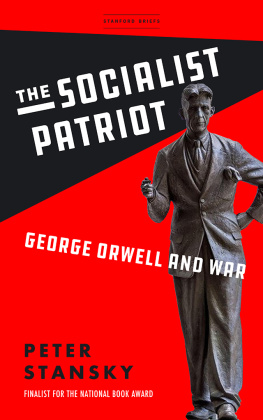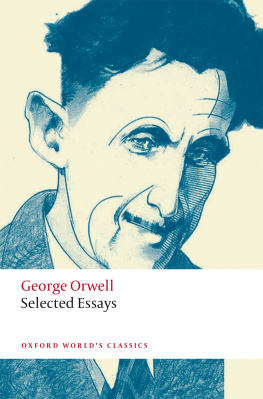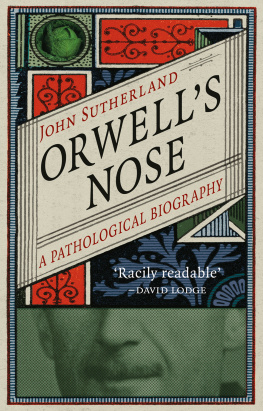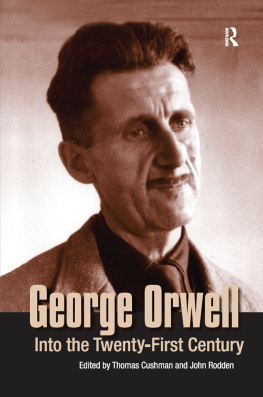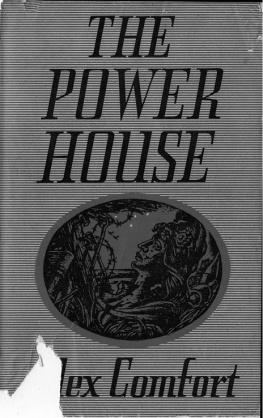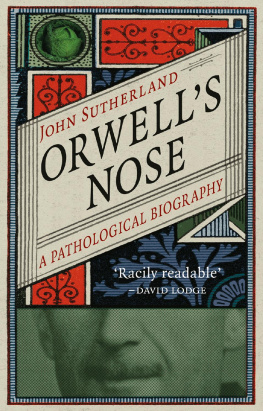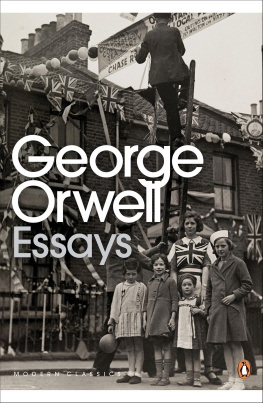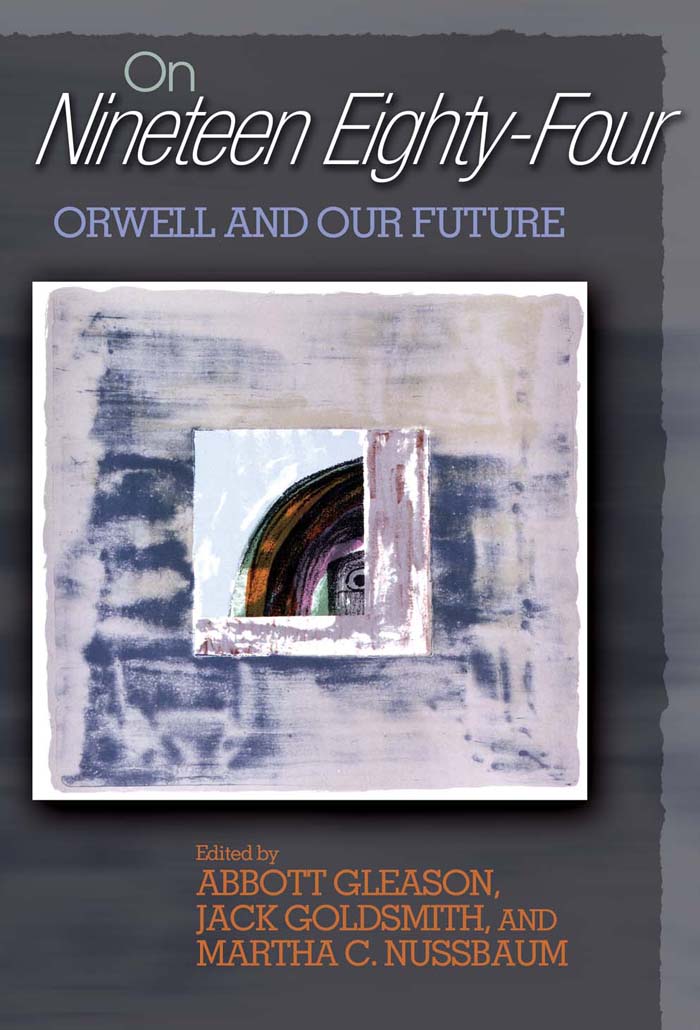ON NINETEEN EIGHTY-FOUR

ON NINETEEN EIGHTY-FOUR

ORWELL AND OUR FUTURE

Edited by
Abbott Gleason,
Jack Goldsmith, and
Martha C. Nussbaum
PRINCETON UNIVERSITY PRESS PRINCETON AND OXFORD
Copyright2005 by Princeton University Press
Published by Princeton University Press, 41 William Street,
Princeton, New Jersey 08540
In the United Kingdom: Princeton University Press,
3 Market Place, Woodstock, Oxfordshire OX20 1SY
All Rights Reserved.
Library of Congress Cataloging-in-Publication Data
On nineteen eighty-four : Orwell and our future / edited by Abbott Geason,
Jack Goldsmith, and Martha C. Nussbaum
p. cm.
Based on papers from a conference held in 1999.
Includes bibliographical references and index.
ISBN 0-691-11360-2 (acid-free paper)ISBN 0-691-11361-0 (pbk : acid-free paper)
1. Orwell, George, 19031950. Nineteen eighty-four. 2. Science fiction,
EnglishHistory and criticism. 3. Dystopias in literature. I. Title: 1984.
II. Gleason, Abbott. III. Goldsmith, Jack. IV. Nussbaum, Martha Craven, 1947.
PR6029.R8N64326 2005
823'.912dc22 2004059507
British Library Cataloging-in-Publication Data is available.
This book has been composed in Sabon
Printed on acid-free paper.
www.pupress.edu
Printed in the United States of America
1 3 5 7 9 10 8 6 4 2
For Robert Kirschner (19402002)

_______________ Contents _______________
_______________ Dedicatory Foreword _______________
A S B OBS WIFE of thirty-seven years, I am delighted that the organizers of the symposium that generated this volume offered to dedicate the book to him. I know that he would have felt honored to have his work in human rights recognized by colleagues whose own contributions to improving society he respected and admired. This passion of Bobs permeated every aspect of his thinking and action; those who knew him personally recognize that he never refrained from expressing his views at appropriate moments. He had such broad intellectual interests and combined them to better the world, while maintaining a modesty and lack of self-promotion that are rare in people who accomplish as much and influence so many.
His independence and drive to speak out against abuse were evident in college in the early 1960s when he wrote an article for his college paper criticizing the House Un-American Activities Committee, which the college administration refused to publish. The force of his convictions in this area was based on his having seen the lives of many of his parents friends, who were politically liberal or socialist, destroyed by accusations and condemnation. Many lost their jobs as teachers and some took their own lives. From this time on, Bob never refrained from confronting abuse in many areas, although in all cases his energies were directed against mans inhumanity to man.
It was in Argentina, working with Clyde Snow, an anthropologist, that Bob became aware of the power of forensic pathology in documenting human rights abuses. They had recently analyzed remains to identify more than two hundred victims in an airline disaster and recognized that they could use some of the same technologies to identify people who had died in custody of the military junta in Argentina. Bob was forever changed by this experience. He not only examined the remains of the disappeared but also delved into the circumstances of their deaths. Talking with the families of those murdered by the regime, especially students, intensified his determination to provide evidence so that those perpetrating such crimes would be held accountable. His intense dedication to this task was validated when several generals were indicted for war crimes.
Through many of the international causes that he undertook, he incurred personal risk, although he made every effort to reduce the likelihood of his not returning from his thirty-six missions. He relied on the advice and assistance of international organizations with which he worked closely, especially Physicians for Human Rights (PHR), Amnesty International, and the American Association for the Advancement of Science (AAAS). He felt that many of the projects for which he was volunteering would have resulted in imprisonment, and probably death, for activists working within their own countries. Incarceration became personal when, while observing the inquest of a political prisoner in Kenya (who was alleged to have committed suicide while in police custody), Bob was unexpectedly removed from the courtroom and jailed. Fortunately, this incident was witnessed and reported immediately to the American embassy by a correspondent from the BBC. Needless to say, this caused much anxiety to our family and to Susannah Sirkin from PHR who was monitoring Bobs activity there. We were greatly relieved later in the day when he was released from jail after pressure from the embassy.
Brutality, as practiced by military and police organizations that were often intertwined, became a focus of his lifes work. He meticulously documented the types of wounds inflicted on the victims to document as accurately as possible the type of instruments used, how the injury was caused, and the timing. On occasion this involved individuals (usually political prisoners or social activists) in Czechoslovakia, El Salvador, Guatemala, Israel, Kenya, South Korea, and other areas, but his work was primarily related to large-scale tyrannies (Bosnia, El Salvador, Guatemala, Rwanda, Turkey). He investigated these latter atrocities with many colleagues of whom I will mention only a few: Vince Iacopino, Bill Hagland, Eric Stover, and activists within their countries whom I will not name. Bob felt gratified to have been on the Editorial Committee and a contributing author of The Istanbul Protocol, a manual on torture and inhuman punishment that was submitted to the United Nations.
As a father, Bob was particularly disturbed by the mass murder of approximately sixty children under age six in El Mozote, a village in El Salvador. These children, who were shot at close range, were considered future guerrillas, and the hut in which they died was covered over in a mound of dirt, resembling a hill, to avoid detection. The stigmatization and subjugation of indigenous groups by those in power was a fact of life that Bob found intolerable and against which he fought throughout his life.
Not all the victims of police brutality lived outside of the United States. An example of how Bob used his experience in one situation to understand another is seen in the case against Commander Burge, a member of the Chicago Police Department. Allegations were made of a very specific form of torture endured by prisoners in a district under Burges command. This was obviously a very politically charged situation with a citizen confronting the citys police department. Bob agreed to look into the charges and concluded that no one who hadnt experienced that form of electrical shock could have had such corroborating wounds and been able to describe the experience in such exact and accurate detail. With forensic knowledge now substantiating the complaint, subsequent cases were investigated and other similar cases of torture within that district were documented. Despite the fact that a judge in the case apparently attempted to undermine Bobs expertise by claiming that there is no field that encompasses special knowledge of torture, Burge retired after the publication of the evidence.


